Siamese Cat Eye Problems: How to Spot, Treat, and Prevent Them
Siamese cats are adored for their stunning blue eyes and graceful, slender bodies. But those mesmerizing sapphire peepers can sometimes hint at underlying health issues. Some cat owners might notice odd changes like a feline cloudy eye, unusual tiredness, or trouble seeing and start to question if these are just typical traits of the breed. The truth is, they’re not. Siamese cat eye problems have differnet tendency , which can range from minor irritations to more serious vision concerns. A cloudy eye in cats, for instance, could signal deeper issues that need quick attention. That’s why it’s so important to catch these problems early, provide informed care, and take preventative steps not just to protect their eye health, but to ensure they thrive overall.
This guide is a comprehensive review of Siamese cat eye issues and their causes, signs treatment, and preventive measures. We’ll also provide answers to the most frequently asked questions, such as “why does my cat’s eye look cloudy?” or “will my cat’s cloudy eye go away?” So you’re able to confidently take care of your cat.
1 The Genetic Link Behind Siamese Cat Eye Problems

Siamese cats are carriers of their Himalayan genetic mutation, that influences melanin production within their bodies. This trait in the genes not only creates their stunning eye color and pointed coat,, it also makes their eyes vulnerable to sunlight and more prone to a variety of vision issues. The gene influences the relationship between the brain and eyes and can lead to issues with coordination as well as higher risk for eye problems that are specific to. Knowing the genetic basis is vital to anticipate problems that could arise early. Knowing their genetic predispositions can help owners be proactive and get prompt medical treatment should issues develop.
How This Affects Vision:
- Reduction in the amount of pigmentation in the iris
- The increased sensitivity to light
- More frequent incidences of congenital eye disorders such as glaucoma and strabismus
2 Common Eye Conditions in Siamese Cats

Siamese cats may experience a variety of eye problems throughout their lives because of their particular genetic makeup. Knowing about these issues will allow you to spot the possibility of problems before they get worse. A lot of these conditions may affect your pet’s quality of living, but timely treatment from a veterinarian and adjustments to their lifestyle will help to manage or fix these issues. It is essential to diagnose them early and knowing what conditions are commonplace will help you stay one step ahead of the care of your pet. The eye issues may not be severe, but minor issues should be addressed to avoid complications.
Frequent Problems Include:
- Strabismus (crossed eyes)
- Progressive Retinal Atrophy (PRA)
- Feline conjunctivitis
- Cataracts
- Feline cloudy eyes and lens transparency
- Nystagmus (uncontrolled eye movement)
- Glaucoma
3 Feline Cloudy Eye: A Detailed Overview

The cloudy eye of cats is characterized by a visible blur, white film or gray opacity that covers a portion or the entire surface of the eye. It is often a problem with your cat’s vision, and may indicate other underlying issues. This isn’t a symptom of a condition as such, but rather it’s a sign of something else happening in the eye, like inflammation, infection or damage to the structure. The appearance of the eyes may be light or transient, or more chronic and permanent, based on the nature of the cause. The sooner you can identify the cause more effective for protecting your cat’s vision and peace of mind.
Causes of Cloudy Eyes:
- Infections (Feline Herpesvirus Infections caused by bacteria (bacterial, e.g.)
- Corneal ulcers
- Cataracts
- Uveitis (inflammation within the eye)
- Glaucoma
4 Symptoms That Should Worry You

Certain symptoms should prompt medical attention, particularly in cases where they appear abruptly or get worse quickly. Siamese cats tend to conceal the signs of discomfort quite well. Therefore, even slight changes in the appearance of their eyes or behavior could be significant. Pet owners should be on guard, frequently checking their cat’s eyes and observe any unusual discharge, cloudiness or blinking. The early recognition of these symptoms can help prevent minor eye problems from developing into serious eye-threatening, vision-threatening issues. Monitoring your eyes regularly is essential to an ethical Siamese pet ownership.
Keep an eye out for:
- Film or cloudiness on the eye
- Excessive tearing or yellow/green discharge
- Eye blinks or squinting
- Eyelids that are red, swollen and swollen
- Reluctance to jump or move through spaces
- Lethargy and glassy eyes.
- Changes in the size of pupils or shape
5 Diagnosis and Treatment Options

The most effective treatment of Siamese cat eye issues begins with a thorough and precise diagnosis by a trained veterinarian. Ophthalmologists at veterinary hospitals use specially designed equipment and tests to evaluate the external and internal eyes’ structures. These tests can detect conditions, pressure fluctuations, as well as structural problems. Early diagnosis allows for appropriate intervention regardless of whether the issue is minor or serious. A lot of conditions respond well to medications, while some might require surgery or management strategies. Individualized treatment plans offer the best chance to have an accurate prognosis.
Diagnostic Methods:
- Ophthalmoscopic examination
- Tests for fluorescein dye for corneal ulcers
- Tonometry to determine pressure in the eye (for Glaucoma)
- Testing for PCR to detect viral infections such as Feline Herpesvirus
Treatments May Include:
- Antiviral drops for antibiotics and antiviral
- Anti-inflammatory medicines
- Eye-pressure lowering medication for glaucoma
- Cataract surgery (where appropriate)
- Nutritional supplements containing Omega-3 fatty acids as well as antioxidants
6 Nutrition and Lifestyle Tips for Eye Health

A healthy diet plays an essential part in preventing eye issues and ensuring overall health for felines. A balanced diet that is rich in particular vitamins and minerals can help reduce the risk of developing ocular diseases due to age and help maintain the health of the retina. Siamese cats, specifically are benefited by diets that guard against inflammation and the oxidative damage. In addition, lifestyle practices like keeping your home clear and limiting exposure to irritations can reduce flare-ups from existing eye problems. Regular eye exams and gentle routines for cleaning are a must for those who own.
Recommended Nutrients:
- Vitamin A: Helps maintain cornea health
- Vitamin C & E: Antioxidants to reduce the effects of oxidative stress
- Omega-3 fatty acids reduce inflammation in the retina
7 Genetic Testing and Responsible Breeding

Genetic predispositions can be a significant cause of Siamese cat eye issues. Breeders who are reputable prioritize health by examining for hereditary diseases such as PRA prior to creating their own cats. This method helps lower the risk of inheriting eye problems and improves the general health of the future generations. Breeders who are adopting pets must seek health clearances and be aware of any eye issues in the bloodline. Genetic testing can benefit pet owners who are currently adopting by identifying risk early, allowing prevention before signs of illness appear.
Genetic Testing Can:
- Find eye disease carriers genes
- To stop the propagation of hereditary diseases
- Make sure future owners are prepared for possible health issues
8 Living with 8 Living with Siamese cat with eye Issues
The cats with vision impairment adjust exceptionally easily to their surroundings if given a loving and safe environment. Pet owners can increase their cat’s security and comfort by making minor adjustments to their living space. The habit of keeping litter boxes and furniture at a regular location can help visually impaired cats to navigate easily. Use mats that are textured to identify food and water areas, and offer gentle touch or verbal cues to aid in orientation. Regular checkups with the vet make sure that any changes to the eye that are not affecting it or associated health concerns are addressed promptly.
Home Adjustments:
- Make sure that furniture and litter boxes are in the same places
- Use mats with textured surfaces to identify water and food sources
- Provide touch or verbal signals for navigation
- Install baby gates at the bottom of the stairs to ensure security
Siamese Cat Eye Health Reference Chart
| Condition | Key Symptoms | Treatment Options |
| Strabismus | Eyes crossed | Often none; treat underlying issues |
| PRA | Night blindness, clumsiness | No cure; environmental adjustments |
| Cloudy Eye | Gray/white blur and vision impairment | Surgery, eye drops antivirals supplements |
| Conjunctivitis | Redness, discharge | Antibiotics, antiviral medications |
| Glaucoma | Eyes bulging, appearance cloudy | Pressure meds, possible surgery |
FAQs
Q: What specifically causes cloudy eyes in Siamese cats?
A: Siamese cats have a genetic tendency towards various eye issues, such as progressive retinal atrophy (PRA), glaucoma, and cataracts, all of which can result in cloudy vision.
Q: Can a cloudy eye in cats clear up on its own?
A: In mild cases caused by minor irritants or infections, it might resolve with some basic care. However, if the cloudiness persists or worsens, it’s crucial to consult a vet to rule out serious eye conditions.
Q: Is a cloudy eye painful for my cat?
A: Absolutely, conditions like glaucoma or corneal ulcers can be quite painful, leading your cat to squint, paw at their eye, or become less active. Seeking immediate veterinary care is vital.
Q: How can I tell if my cat is losing its vision?
A: Look for signs like bumping into things, hesitating to jump, having dilated pupils, showing increased anxiety, or being reluctant to explore new spaces. A vet can perform an eye exam to confirm any vision loss.
Q: Is it normal for kittens to have cloudy eyes?
A: Generally, no. While a bit of haziness can be part of their early development, ongoing cloudiness in kittens often indicates infection, congenital issues, or trauma, and should be evaluated promptly.
Q: What’s the difference between cataracts and glaucoma in cats?
A: Cataracts make the lens opaque, resulting in a white or cloudy look. Glaucoma, on the other hand, involves increased pressure in the eye, leading to cloudiness, pain, and possible vision loss.
Q: Can my cat’s diet impact its eye health?
A: Definitely! A well-balanced diet rich in antioxidants, taurine, and vitamin A is essential for eye health. Poor nutrition can make cats more vulnerable to degenerative eye diseases
Q: Can Siamese cats be born blind or develop blindness early?
A: Yes, some Siamese cats may be born blind or develop early blindness due to genetic issues like Progressive Retinal Atrophy (PRA). Regular vet visits are essential for managing this condition.
Q: What does a healthy Siamese cat eye look like?
A: Healthy Siamese cat eyes should be clear, bright, and a striking shade of blue. If you notice any cloudiness, redness, or discharge, it could indicate an illness or injury.
Q: Are Siamese cats more prone to cross-eyed vision?
A: Yes, strabismus, or crossed eyes, is quite common in Siamese cats because of their genetics, but it usually doesn’t impact their vision. However, any sudden changes should be checked out by a vet.
Q: Can allergies cause cloudy eyes in cats?
A: While mild allergies can lead to irritation or watery eyes, they rarely cause cloudiness. Cloudy eyes are more often associated with infections, injuries, or internal eye problems.
Q: How is feline glaucoma diagnosed in Siamese cats?
A: Vets typically use tonometry to measure the pressure inside the eye. If your Siamese shows signs of pain, cloudiness, or enlarged eyes, it’s important to get them tested for glaucoma right away.
Q: Is feline cloudy eye reversible?
A: Some causes, like minor infections or ulcers, can be treated and reversed with prompt care. However, chronic or genetic issues may need ongoing management or even surgery.
Q: What treatments are available for cataracts in Siamese cats?
A: Cataracts can sometimes be managed with eye drops, but in more severe cases, surgical removal of the cloudy lens may be necessary to help restore partial vision.
Q: Can Siamese cats go blind in one eye only?
A: Yes, certain conditions such as trauma, infections, or localized glaucoma can affect
Conclusion
Knowing Siamese cat eye issues allows owners to identify problems early and take action promptly. From genetic predispositions, to lifestyle issues Prevention begins with understanding. Regular visits to your vet as well as a clean and tidy environment appropriate nutrition, and a keen eye to signs like a feline cloudy eye can greatly enhance your cat’s quality of life. If you’ve seen signs that suggest an eye cloud in your cat or excessive tear seek out your veterinarian promptly. It’s important to act quickly. Be sure to discuss genetic tests with your breeder and vet if you are planning to breed or adopt Siamese cats.
Do you have a story to tell or a question regarding the health of your cat’s eyes? Let us know in the comments belowYour experience may help others pet parents.
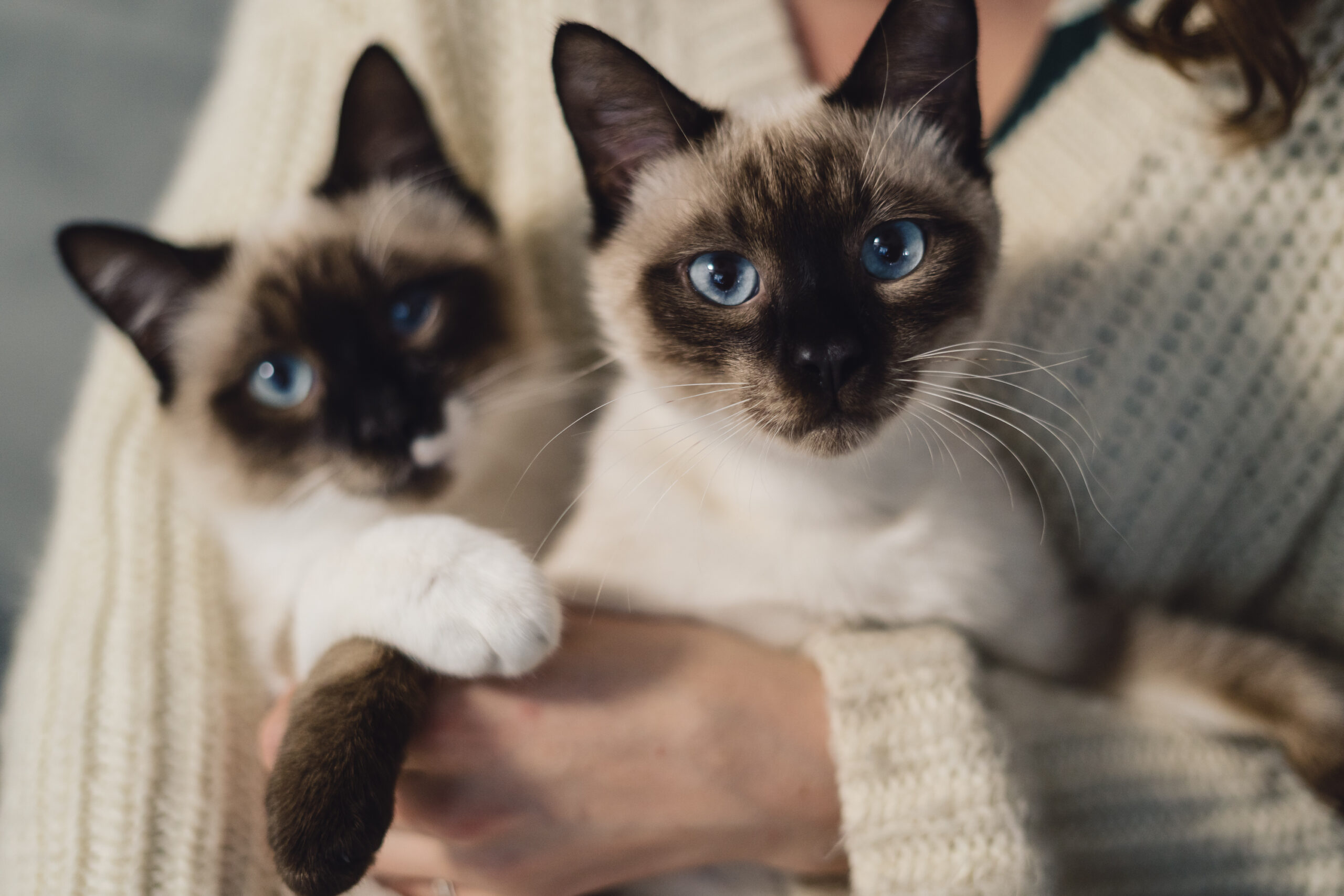
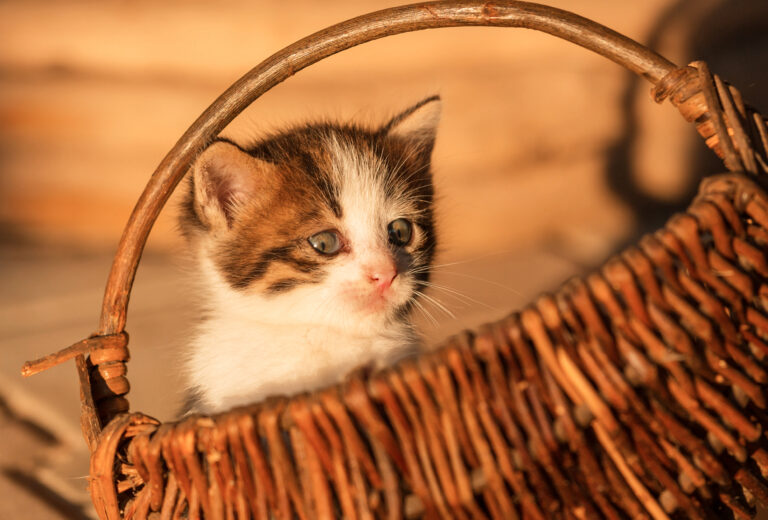

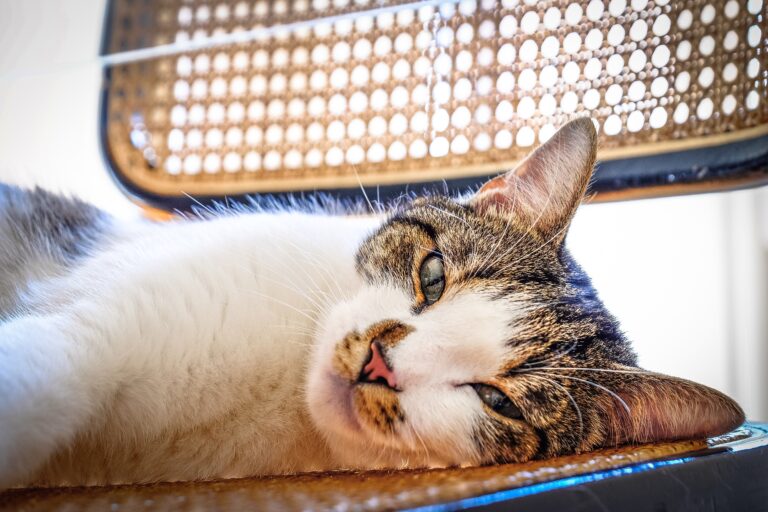
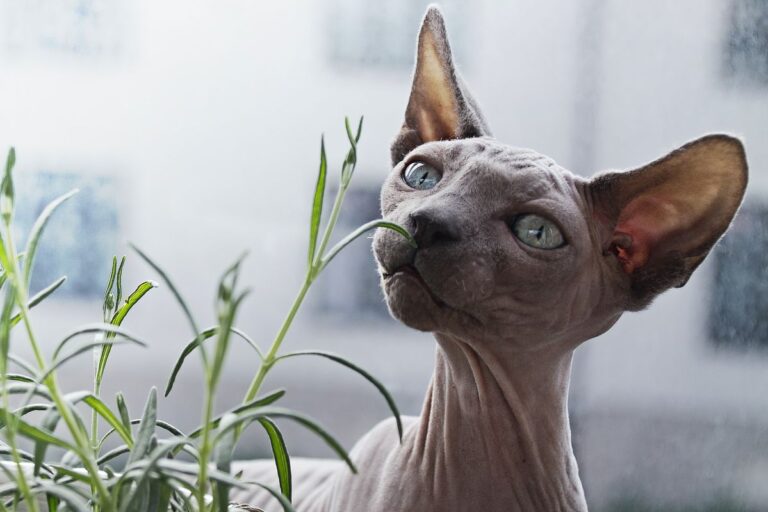
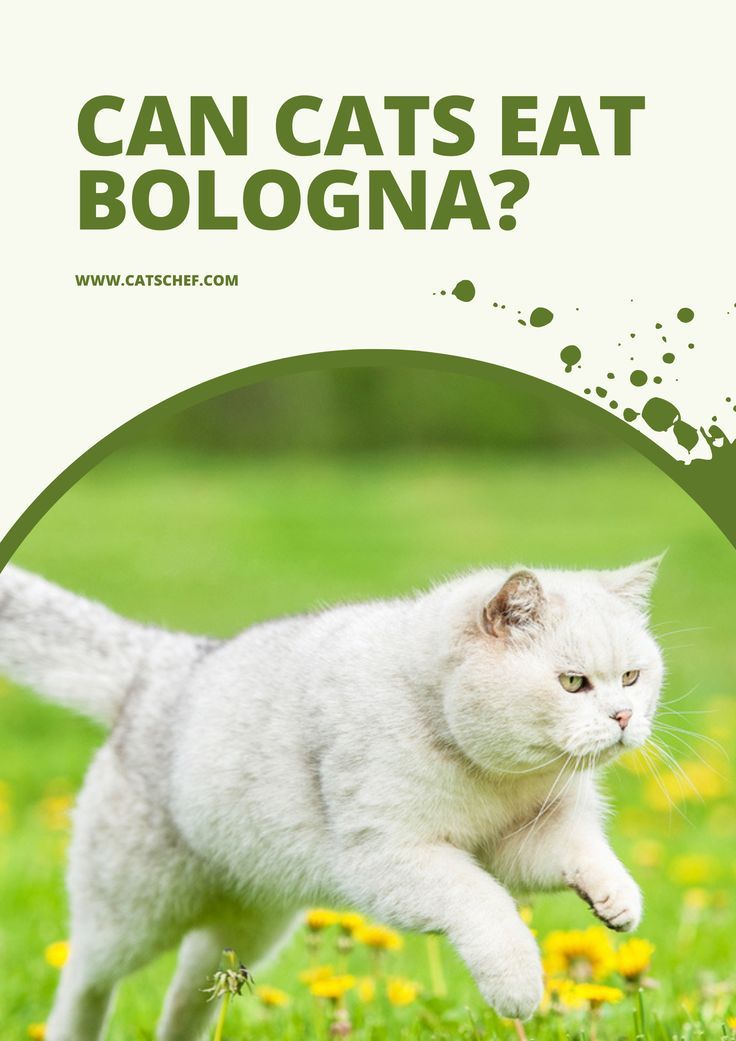

One Comment